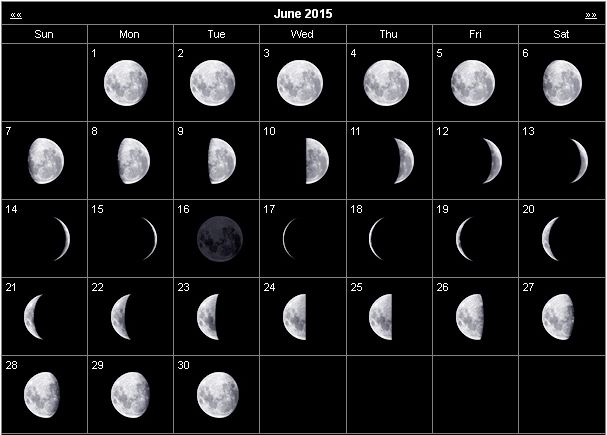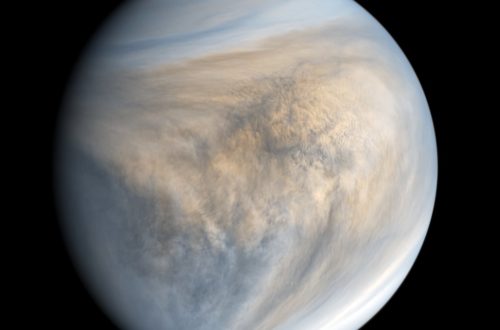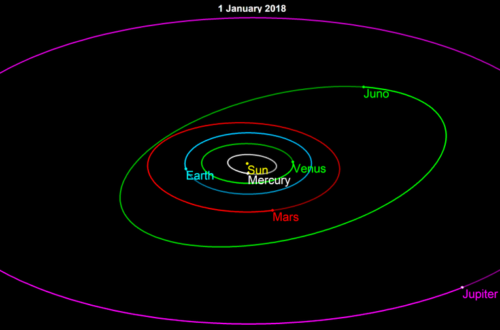Monthly Stargazing Calendar for June 2015
Looking for the June 2024 stargazing calendar?
On June 6 the planet Venus will be at greatest eastern elongation. Venus will reach greatest eastern elongation of 45.4 degrees from the Sun. This is the best time to view Venus because it will be at its highest point above the horizon in the evening sky. Look for the bright planet in the western sky after sunset.
The June solstice will be on June 21 at 16:38 UTC. The North Pole of the earth will be tilted toward the Sun, which will have reached its northernmost position in the sky and will be directly over the Tropic of Cancer at 23.44 degrees north latitude. In the Northern Hemisphere this is the first day of summer (summer solstice) while in the Southern Hemisphere it is the first day of winter (winter solstice).
On June 24 the planet Mercury will be at greatest western elongation. Mercury will reach greatest western elongation of 22.5 degrees from the Sun. This is the best time to view Mercury because it will be at its highest point above the horizon in the morning sky. Look for the planet low in the eastern sky just before sunrise.
Would you like to be notified of stargazing events?
Moon phases
As you know, the moon has a big impact on the visibility of celestial bodies in the night sky. So here are the moon’s phases for this month:

Positions of the planets this month
Mercury: The closest planet to the Sun can be seen at dawn and dusk travelling across the constellation of Taurus, not far from Mars. This planet, being the closest to the Sun, will appear to move quickly in the night sky and its position will change in the following weeks.
Venus: The sister planet can be seen travelling across the constellation of Cancer, not far from Jupiter. Just like Mercury, Venus can only be seen at dawn and dusk.
Mars: The red planet can be seen in the constellation of Taurus.
Jupiter: The gas giant is visible between the constellations of Cancer and Leo. Jupiter can easily be spotted with the naked eye, even in highly illuminated cities.
Saturn: The ringed giant can be seen with the naked eye between the constellations of Scorpius and Libra.
Uranus: The gas giant can be seen in the constellation of Pisces with the use of a telescope.
Neptune: The blue giant requires a telescope pointed in the constellation of Aquarius in order to be seen.
Major astronomical events next month
- July 1 – Conjunction of Venus and Jupiter.
- July 14 – NASA’s New Horizons spacecraft scheduled to arrive at Pluto.
- July 28, 29 – Delta Aquarids Meteor Shower.
See also:
- Previous month’s calendar: Stargazing Calendar for May 2015
- Next month’s calendar: Stargazing Calendar for July 2015
Would you like to receive similar articles by email?





